Pumped-Up Power: Drilling Into Geothermal
When conditions are right, this largely untapped renewable resource can cut operations costs and reduce a property’s carbon footprint.
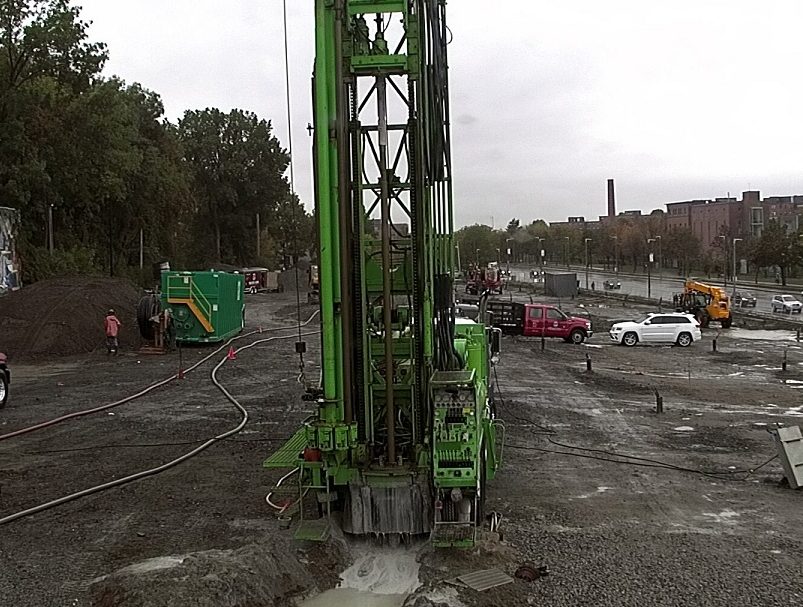
Geothermal well serving Roxbury Community College, Roxbury, Mass. Image courtesy of Ameresco
The rich potential of geothermal power is largely untapped in the U.S. But with new technology-based enhancements propelling development, geothermal generation could grow by a factor of 26 in the next 30 years.
That is among the key findings of a May 2019 analysis by the U.S. Department of Energy, which termed geothermal an “untapped energy giant,” and estimated that a combination of stepped-up development and improved technology could bring capacity to 60 gigawatts by 2050. That would be 10 times the 6-gigawatt gain projected at today’s pace.
Implementing geothermal systems is not without its challenges: large upfront costs, heavy dependence on the nature of local soil and limitations in suitability to certain sized buildings and land parcels. In the right setting, however, the energy source offers an array of benefits, ranging from lower heating and cooling costs, and easier maintenance to reduced reliance on fossil fuels.
Disadvantages notwithstanding, in areas where soil and building size make geothermal viable, paybacks can be significant. Buildings with geothermal heating and cooling can use 30 to 60 percent less energy than those with conventional HVAC systems, noted Michael Brusic, technical director at Bright Power, a New York City-based provider of energy and water management services. Brusic said.
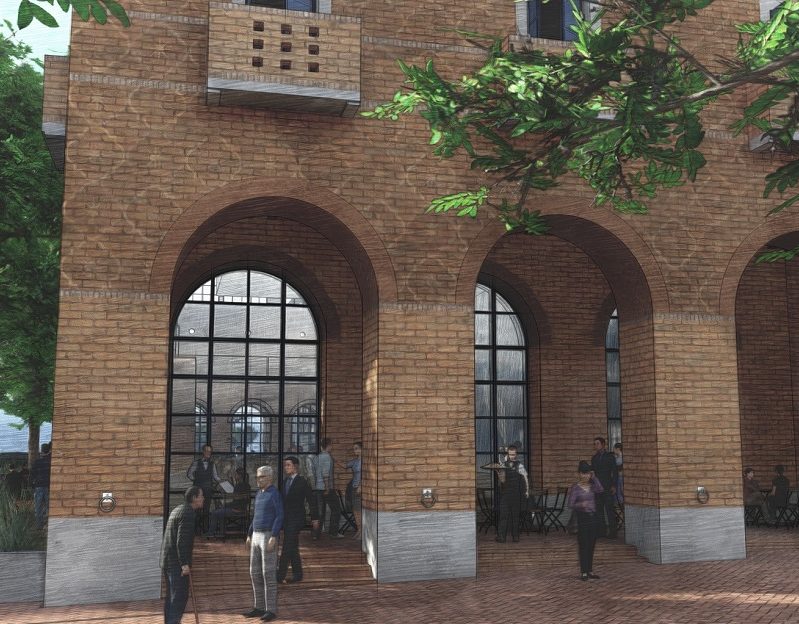
Oxbow, a mixed-use project in San Antonio, will employ geothermal energy when it opens next year. Rendering courtesy of Don McDonald
There’s no shortage of current and future geothermal systems to study across a variety of property categories. Silver Ventures’ Oxbow, a 111,000-square-foot mixed-use project scheduled to open next year in San Antonio, will feature office, retail, food and beverage, and public space. Less visible will be the eight-story building’s renewable energy components, which will feature geothermal heating and cooling, and rooftop solar panels.
In Austin, a three-year-old, 78,700-square-foot CubeSmart self storage facility earned LEED Platinum certification for its net-zero operations. The building includes geothermal heating and cooling along with such additional measures as solar PV arrays, rainwater towers and a regenerative-drive elevator.
In Roxbury Crossing, Mass., Roxbury Community College partnered with Ameresco on a $20 million project that includes a geothermal glycol/ water system featuring 115 closed-circuit wells, each drilled to a depth of 500 feet. The wellfield, installed under an existing 95,000-square-foot parking lot, can handle a peak cooling load of 400 tons and peak heating load of 2,303 MBH, or 2.3 million British Thermal Units per hour. It is linked to the college’s existing condenser water loop and serves as primary source for three campus buildings through a plate-and-frame heat exchanger.
And geothermal energy has been providing heat to Boise, Idaho, for almost 130 years. The state capitol is the only one in the U.S. to draw on the resource, and more than 6 million square feet of building space is heated by geothermal wells.
Technology Choices
Geothermal systems come in three basic varieties, Brusic noted, technical director at Bright Power, a New York City-based provider of energy and water management services.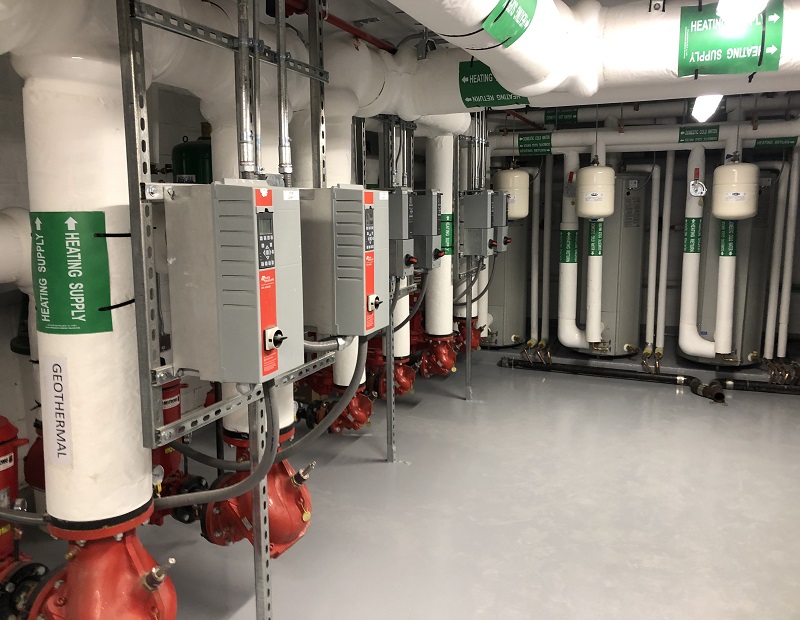
- A closed-loop vertical bore system featuring plastic pipe-lined wells 150 to 500 feet deep, filled with water and antifreeze. When the water is drawn into the building, heat can be extracted to providheat the building, or absorbed into the water to cool the building. This is the most common system in dense urban areas.
- An open-loop system resembling a conventional water well. Water is pumped up from the ground and circulated directly through the building or through a heat exchanger connected to the building. A second well termed an injection well takes the water circulated through the building that’s been heated or cooled.
- A standing column well system consists of vertical wells, like the closed-loop system. But it is different in that the wells are drilled into rock, water comes in direct contact with the rock and the wells are much deeper, plunging 1,200 to 2,000 feet into the ground. A number of standing column wells were created in New York City a decade ago, Brusic said. They were costly and produced less-than-desired results. New projects today are far more likely to feature closed-loop vertical bore systems.
Meeting the challenges
Whether a commercial building can use geothermal power depends heavily on the location, land area and size of the building, reported Charles Copeland, president and CEO of New York City consulting and engineering firm Goldman Copeland. Copeland advised New York City in developing a screening tool that can enable users to determine geothermal heating and cooling feasibility at every lot in the city’s five boroughs.
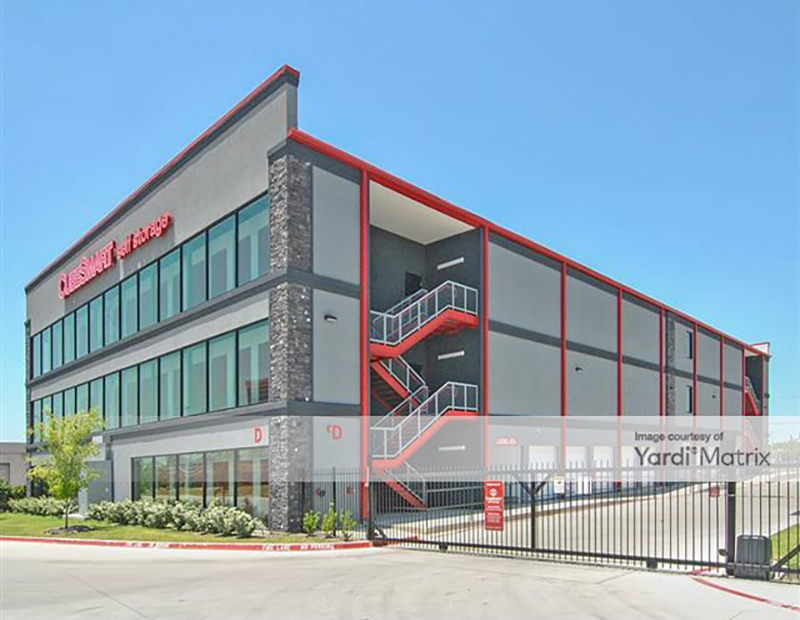
Geothermal energy helps power CubeSmart’s LEED Platinum self storage facility in Austin. Image courtesy of Yardi Matrix
“Generally speaking, a commercial building can gain all the heat it needs from geothermal, but that’s not true with cooling,” he said, noting that it’s not uncommon to use a cooling tower to supplement geothermal power.
“It’s usually going to be a little more expensive to put in. However, depending on the area of the country and utility rates, chances are that over time you will save energy and wind up getting a payback in five, seven or 10 years on a building that might be up 50 years.”
By far the biggest challenge of geothermal energy is upfront expense, Brusic agreed. For closed-loop, vertical-bore systems, construction costs alone can range from $8 to $20 per square foot. Costs can vary dramatically, depending on soil conditions. In the most difficult conditions, upfront costs could easily double, he reported.
“Another challenge is just to do this, you need some open area,” Brusic added. “If I were a building owner, I would not want the well directly under the building. I’d want it in an area that could be accessed if needed, like under a parking lot or landscaped area.”
Moreover, the area required for geothermal power is roughly 20 to 30 percent of the square footage of the building it will heat and cool. “With taller buildings, it can be tough to have enough space to install enough capacity to heat and cool the buildings,” Brusic said.
Geothermal is also a fully electrified system not reliant on the presence of natural gas. A third benefit is that closed-loop systems can be easy to maintain. They involve little more than pumps, and maintenance teams never need worry about gas leaks, he added.
Geothermal also helps address growing calls to end fossil fuel reliance. “We hope more of our electricity will be generated by wind or solar,” Copeland said. “Places like Chicago or New York are not going to have wind farms. The hope is that sources like geothermal will be much more cost-efficient and viable, and better for the environment.”






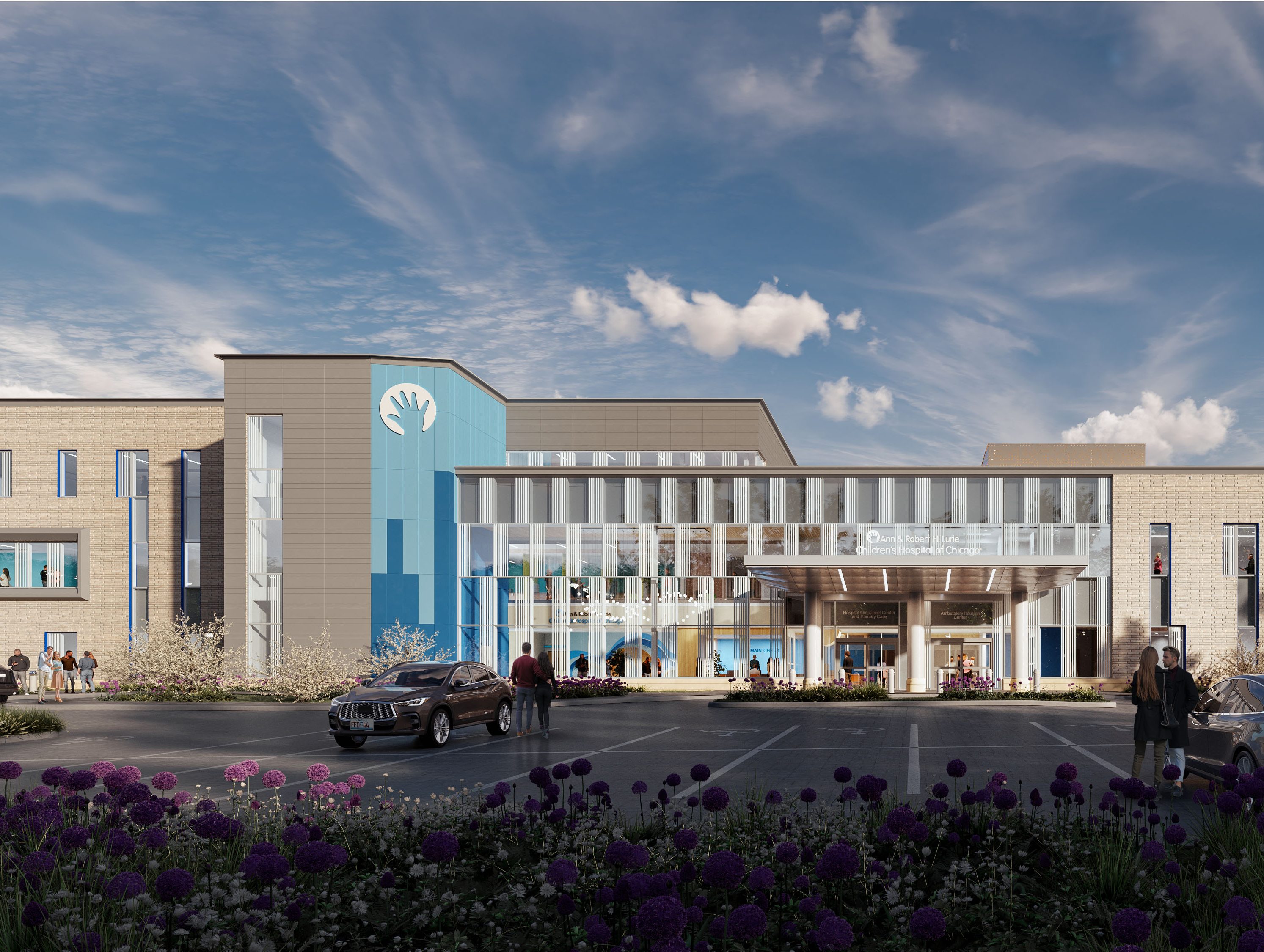
You must be logged in to post a comment.